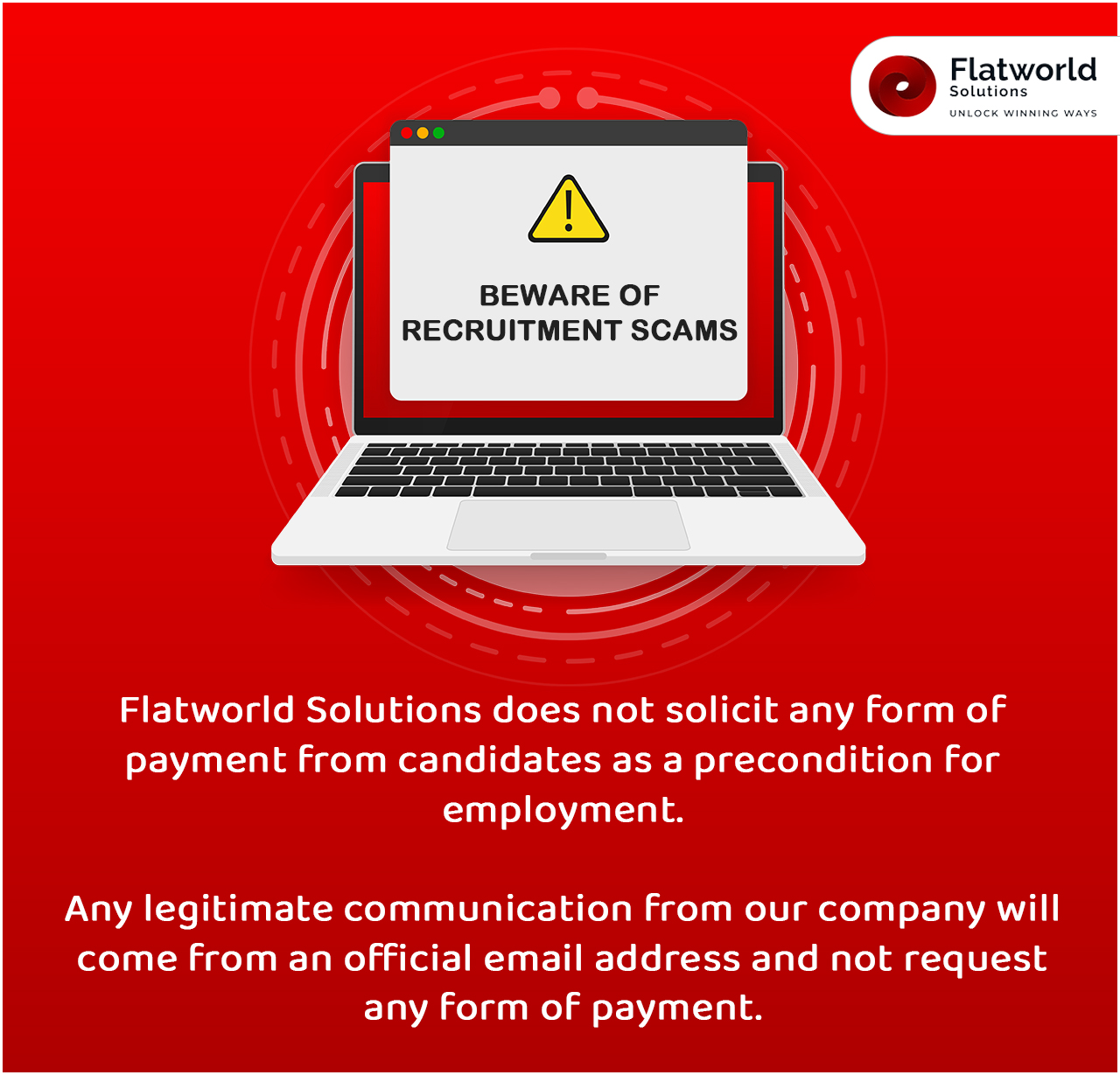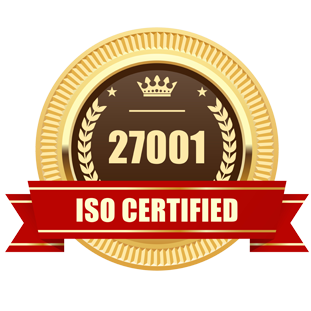Internet has become pervasive in our lives and has not only fanned the pace of technological breakthroughs but has also changed the way businesses connect with their customer base. Incorporating latest technology in internet-based communication is an ongoing process, and one can be assured that the call center industry would be one of the first one to embrace these new changes.
One such technology which is taking the call center industry by storm and changing the way contact center agent software work is WebRTC (Web Real-Time Communications). WebRTC is far removed from the third-party video and voice tools that call center companies used earlier. WebRTC supports standard voice and video services directly through browsers supporting HTML5 while eliminating risky and buggy plugins from the picture.
WebRTC - The Basics
While WebRTC has been around since 2012, it only saw widespread recognition and rapid adoption around 2015. The WebRTC platform is completely free and open source, a major reason why it enjoys vast popularity among developers. WebRTC in contact centers is almost becoming ubiquitous and is incredibly easy to code in JavaScript, thereby making the adoption process smoother. WebRTC is already supported by browsers such as Google Chrome and Firefox, is being tested on beta versions of Microsoft Edge, and is rumored to arrive on Apple's Safari browser soon.
WebRTC-initiated calls function similar to regular IP/SIP calls, but at the same time do not require any special user interface, processes, or controls. This real-time communication works on peer-to-peer connections and leverages the power of the internet to transfer packets of audio or video data. WebRTC is already evolving to support other forms of data too, allowing your contact center representatives to service your customers better. By 2019, the market for WebRTC combined with CloudRTC is expected to grow to almost $4.3 billion as more developers come on board and create more opportunities for contextual communications to happen over a web browser.
Call Center Staffing Calculator
Calculate staffing & costing for your project
Call Center FTE Calculator from Flatworld Solutions is One-of-its-kind, FREE online tool that helps you calculate the number of agents and cost requirement for your call center operations, with least possible inputs. This calculator is easy-to-use and is made to provide you the best user experience while getting an accurate answer to your call center expansion requirements. In case you need some assistance with our Call Center Staffing and Cost Calculator, please refer to our 
The Importance of WebRTC in Providing Omnichannel Customer Care
The impact of WebRTC in call center industry cannot be understated. Historically speaking, the contact center industry has been quite reluctant in accepting technological innovations. But today, faced with dwindling call volumes and reduced customer satisfaction ratios, WebRTC is allowing them once again to innovate and work towards becoming omnichannel machines. WebRTC allows your customers to skip across diverse channels, allowing contact center agent software to maintain the overall context of their interactions, thereby resulting in better customer satisfaction.
Since call center enterprises cannot invest in a full-scale upheaval of their existing infrastructure, WebRTC permits them to implement modern solutions without having to take major risks. Today, in a contact center, each agent is equipped with a phone as well as a computer workstation. There are three ways in which they can connect to the customers -
- Through a physical phone which is connected to the IP network
- Through a softphone which is in the form of a software application installed on their workstations
- Through a browser itself, using WebRTC
Out of these 3, WebRTC platforms allow the call center agents the greatest degree of flexibility, since they can take calls not only while at work, but when working from home as well. Since the only requirement is that of a web browser, you do not have to provide them with any other infrastructure as well.
Top 4 Benefits of Switching Contact Center Agent Software to WebRTC
There are many ways in which contact centers stand to benefit by transitioning their agents to use WebRTC instead of the traditional plug-in based voice call or physical desk phones. Some of them include -
-
Reduced TCO (Total Cost of Ownership)

Each contact center usually deals with two main vendors, the call center vendor and the CRM vendor. While the call center vendor is in charge of taking calls from the customers, the CRM vendor is in charge of handling the customer interaction database. Previously, both these vendors required separate access to the call center dashboard using separate plugins, but with WebRTC, their functioning is becoming more homogenous.
The Web part in WebRTC appeals to the CRM vendors who need to run on the internet, while the real-time communications part appeals to the call center vendor. This, in turn, results in both these channels working hand-in-hand, resulting in better call stability, customer tracking, and improved customer satisfaction. In fact, with the help of WebRTC, many CRM vendors are now offering improved call center vendor capabilities themselves, thereby resulting in better cost savings and reduced total cost of ownership for the call center company.
-
Reduced Expansion Risk

Many companies need to plan for their customer care centers when they seek global expansion. Ideally, most companies would like to have their contact centers based out of the same country as the customers so as to override the language barrier. With WebRTC, you can expand globally while setting up contact centers in the space of a week or two. This is because you can now do without any physical servers and high upfront costs with almost zero CAPEX spending.
Many global startups such as Uber etc. are leveraging the power of WebRTC to provide their customers with better service than they are accustomed to, thereby gaining acceptance and better word-of-mouth.
-
Better Reporting and Stats

Data generated by your call center vendors need to be gathered, correlated, analyzed, and then presented. But as we discussed above, in case of separate vendors, the data gathered can be extremely disjointed and will require separate analytical teams to work on and correlate. This, in turn, leads to increased expenses.
By having a single vendor for all your requirements, you will receive access to a coherent, integrated product as a result of which the reporting system would be more efficient. This, in turn, will give you better insight into how your existing establishment is functioning, while saving maintenance and reporting costs.
-
Better Workforce Flexibility

The best feature about WebRTC is that it works seamlessly out of a browser, ensuring there is one less contact center agent software you need to worry about. This, in turn, ensures that your agents can work from home or from your office premises without requiring extensive tech support in case of an issue. Imagine the time and effort saved in installing, reinstalling, and updating software applications, especially if some of these tasks have to be carried out remotely.
Shifting to WebRTC ensures that you will never have to install software for taking calls, as most browsers on which WebRTC runs self-update in the background itself. Workforce flexibility also increases as agents can easily take calls at peak hours even if the time doesn't suit them while working from home, and you can easily increase your workforce size without increasing your overall office space.
What Does the Future Hold for WebRTC?
WebRTC is somehow going to have an effect on your contact center whether you embrace the technology or not. From the service and hospitality industry to the medical industry, everyone stands to benefit from WebRTC implementation. The future of WebRTC includes -
- SuperMedia - WebRTC will soon power scalable, multi-stream broadcasting architectures which will provide unique AR experiences using high-tech AI solutions. Imagine face-to-face interactions with contact center agents who can not only see your screen but interact with it as well
- Middleware - WebRTC is poised to become the glue holding high-speed bandwidth together with real-time media streaming for both consumer and commercial purposes
- Remote Machines - From IoT-connected devices to home monitoring systems, expect to see a range of devices in the future leveraging WebRTC to provide better communication channels to multiple users
- Bot Support - Bots are already gaining prominence in customer care, with Amazon, Facebook, and many other companies investing heavily in them. WebRTC will be the platform of the future to deliver real-time information to bots using Speech-to-text APIs while becoming the perfect tool for Natural Language Understanding (NLU)
Build WebRTC-powered, Next-level Contact Centers with Flatworld Solutions
At FWS, we believe that the WebRTC platform is a truly exciting technology which stands to benefit customer care centers around the world. With both Google and Mozilla leveraging this open-source technology, and with Apple and Microsoft to follow soon, WebRTC will soon power real-time customer interactions.
At the same time, this technology is still continuously evolving. Therefore you need to partner up with an experienced service provider who has the expertise and the infrastructure to help you build the contact center of tomorrow. With over a decade's experience in providing a variety of call center services to clients across the globe, we can help you leverage the power of WebRTC while cutting down costs. Contact us right away to know more about our services!
Contact UsRecognized by Clutch: Our Top Badges
Avail best-in-class services at affordable rates
Our Customers





Key Differentiators
Case Studies
-
Enhancing Customer Experience- The Power of Efficient e-Commerce Product Catalog Management
-
Flatworld Delivered Comprehensive Call Center Services to the Top Motorcycle Insurance Provider in the UK
-
Flatworld Solutions Delivered Cold Calling and Appointment Setting Services to a Serial US-based Entrepreneur
-
Flatworld Delivered CCTV Surveillance Services to an Aluminum Recycling Company in the US
-
Flatworld Delivered Virtual Assistant Services to an Autism Therapy Provider

USA
Flatworld Solutions
116 Village Blvd, Suite 200, Princeton, NJ 08540
PHILIPPINES
Aeon Towers, J.P. Laurel Avenue, Bajada, Davao 8000
KSS Building, Buhangin Road Cor Olive Street, Davao City 8000
INDIA
Survey No.11, 3rd Floor, Indraprastha, Gubbi Cross, 81,
Hennur Bagalur Main Rd, Kuvempu Layout, Kothanur, Bengaluru, Karnataka 560077




